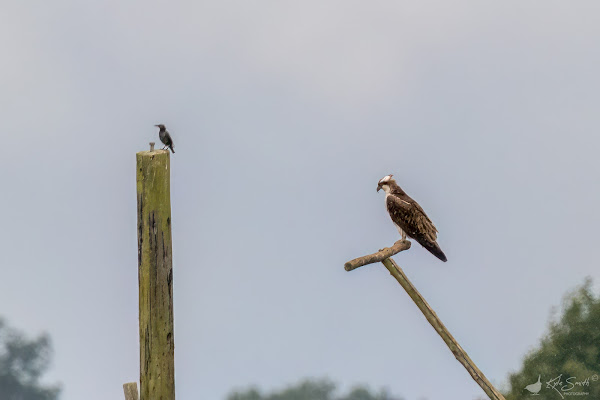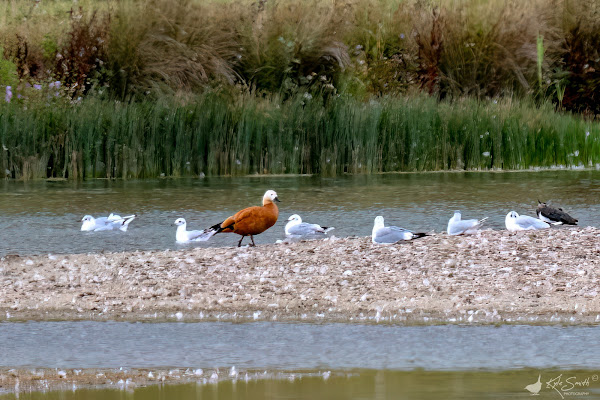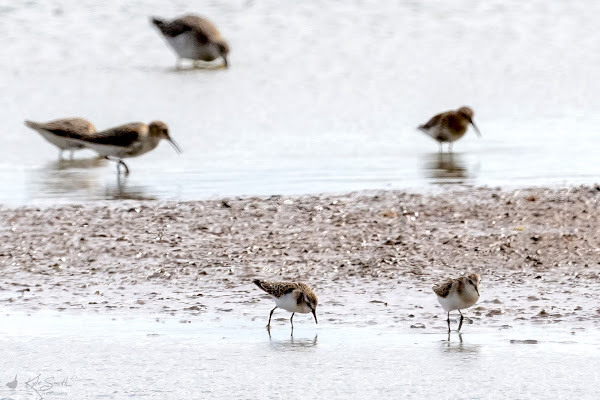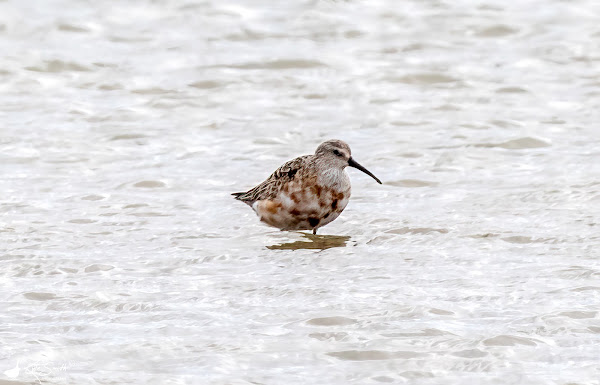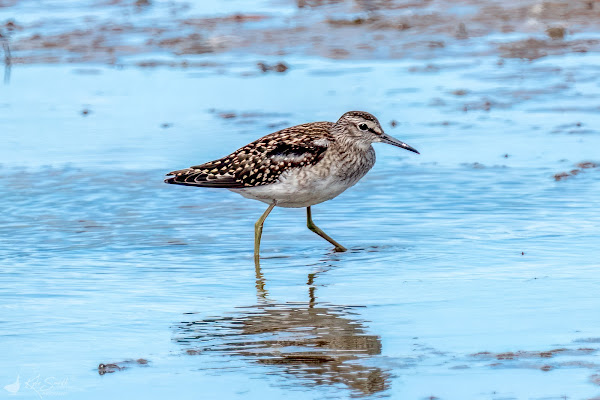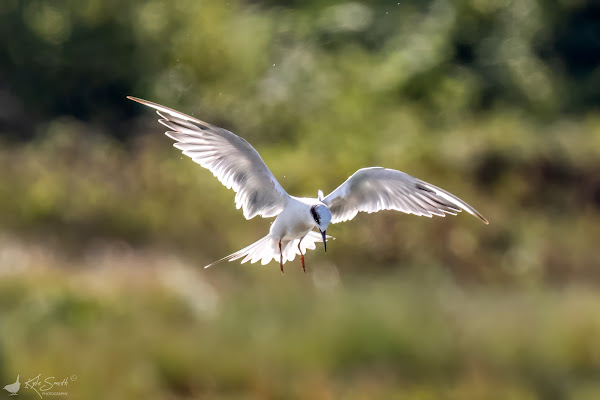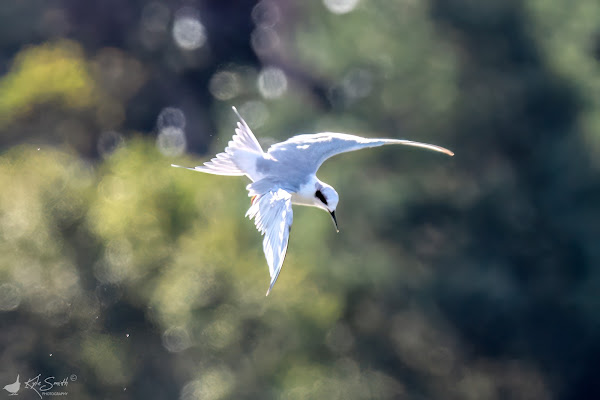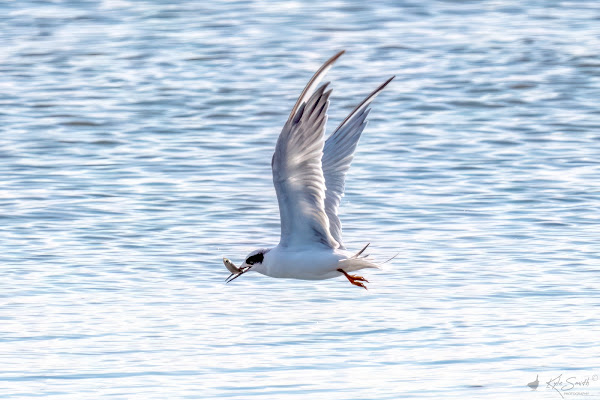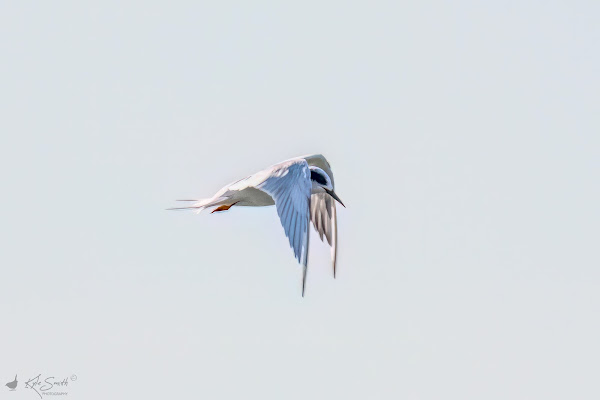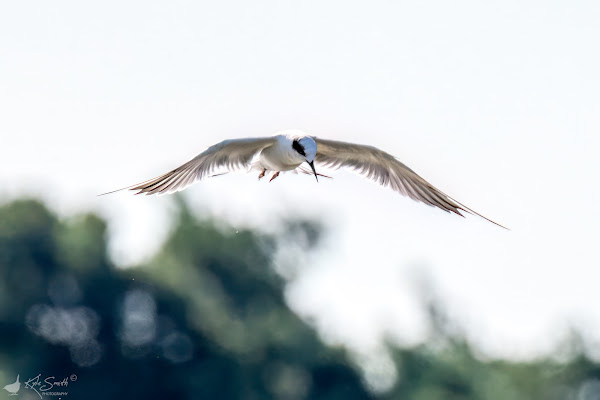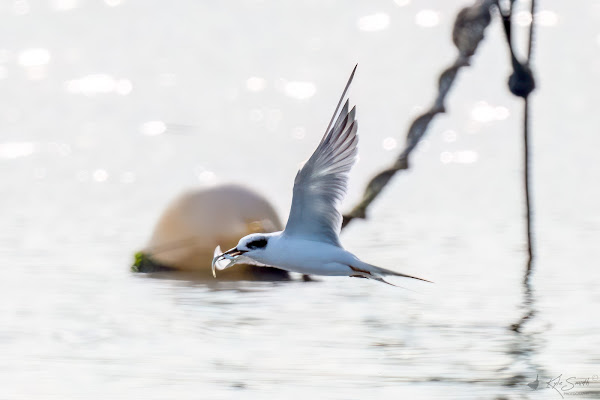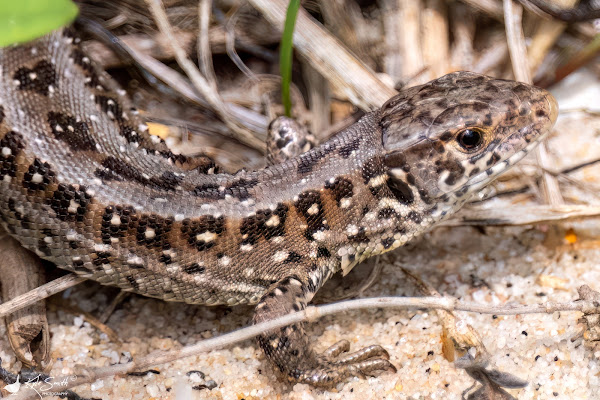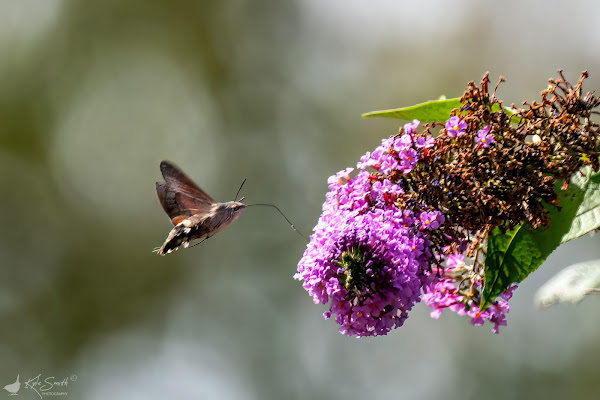Another Friday night arrived and a discussion about where to go the following day. Again, there were few birds close enough for us to make a day visit and add to Kev's year list. We decided to therefore to make a visit to Rutland Water for the South African and ruddy shelducks - we'd never seen the former and it would be a nice day out.
We found breakfast on the way and arrived at the Rutland Water Egleton Nature Reserve about an hour before the Visitor Centre would open. The site is managed by Anglian Water in partnership with the Leicestershire & Rutland Wildlife Trust and is a SSSI (Site of Special Scientific Interest). We used the time to view the birds at the feeder station and then down to Mallard Hide to view Lagoon 1.
The Visitor Centre offers fantastic views, a gift shop, an Optics shop, and some light refreshment. Most importantly for us it also distributes the day and parking permits we required. I doubled back to organise the permits and met back up with Kev. We walked along the path to Lagoon 5 where the shelducks had been reported on social media only to find that they were absent. We made do with some lovely family groups of little grebes, the parents doing a fantastic job of feeding the youngsters.
Great white and little egrets stalked on the far banks and appropriately three snipe appeared from nowhere and made a wide circuit of the Snipe Hide. We decided to make our way to Lagoon 4 where the shelducks were now being reported, but stopped on the way to watch a mixed flock of chiffchaff, various tits, a couple of blackcaps and common whitethroats.
We decided to view from Sandpiper Hide and as soon as we sat down and got the scope on the birds, Kev picked out the South African shelduck on the very far shore, by the Volunteer Training Centre. It was sleeping with its head tucked under the wing. After five minutes or so the ruddy shelduck strolled in from the left - where did it come from? It made a close pass and then returned to join its SA cousin and went to sleep.
While we waited for some more action, we watched a lovely green sandpiper on the first island opposite the hide. Another little egret passed close, and a handful of yellow wagtails skirted along an area of short scrub and low flowers. We then turned to look at the osprey nest to find than an osprey had appeared on top of the stand - it had also appeared from nowhere ... the haze was starting to cause issues with photography but I managed to get some acceptable shots.
We were now waiting for either the shelducks to wake up or the osprey to take to the wing. It would be the osprey that made the first move, but not until it made us wait for more than half an hour. It made a couple of circuits before departing from view.
We then had a wait before the shelducks decided to make a move, eventually swimming in the channel in front of them, at large distance from us. Ever so gradually they worked forwards and eventually took to the wing together, but then split with the South African dropping in a channel mid-distance from where it had been sleeping and us; the ruddy dropped out of view in a bay to our right. In 10 minutes or so the ruddy would suddenly fly by the hide but only be seen as it was past and I missed the photo, landing again out of view far to the left.
We enjoyed the views of the South African shelduck as it cruised further and further left and soon found a way to escape our line of sight. Time was getting on and so I decided to try and see if the ruddy shelduck was showing any better from Dunlin Hide - Kev waited outside and I popped into the hide to ask if the shelduck was visible - no ...
However, as I scanned with my bins it appeared from our left and climbed onto an island with a load of gulls, some common on there too. It preened a little and walked before settling down once more. I wouldn't be getting any better photos without a significant wait.
We made our way back to the car, stopping in a few of the hides we'd past by on our way out adding hobby, marsh harrier, and Egyptian goose. Without really trying we'd had a decent haul of 63 species for the site and had good views of many of the key species. We stopped at the Visitor's Centre to look in the Optics shop and to grab a sandwich, and were treated with views of a couple of ospreys perched on top of a distant dead bush out in the water - looks a man-made construction. - a very pleasant way to pass the time when eating lunch.







